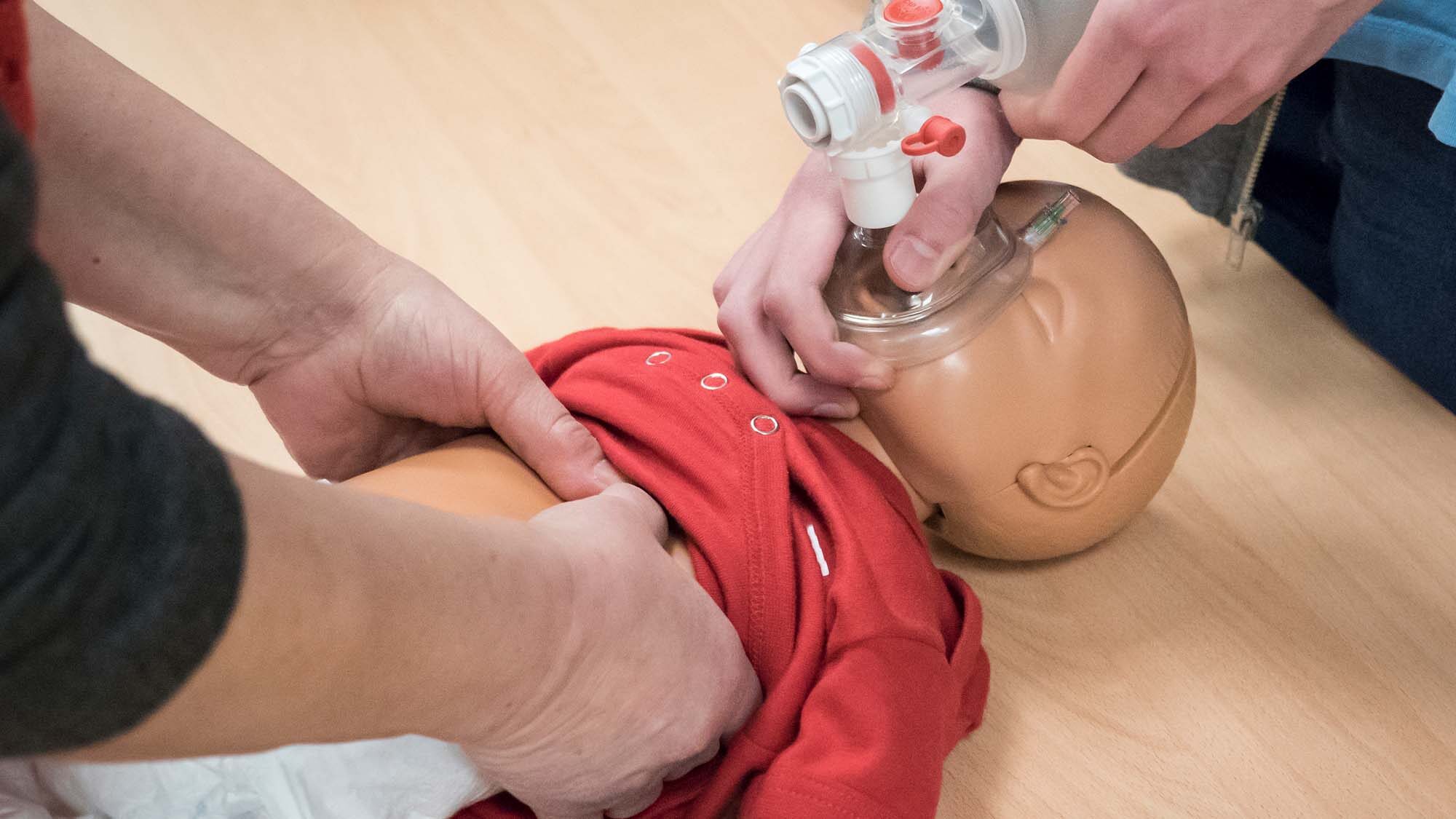Essay by: ISP079
Unfortunately, 88% of cardiac arrests occur at home, and “Survival from cardiac arrest depends on early recognition of the event and immediate activation of the emergency response system “(American Heart Association, 2011). Therefore it is imperative that those who are non-healthcare providers are Cardiopulmonary Resuscitation (CPR) competent. Of course, being expected to assume responsibility to act quickly in a situation such as finding a loved one in cardiac arrest is frightening. For those to who do not work in a healthcare environment, a quick response involves emotional and mental preparation. However training by competent educators can provide support, encouragement, knowledge as well as instill confidence in first responders.
Having been a healthcare provider for five years, I have gained experience and confidence in reacting to situations such as these, and the “adrenaline rush” that kicks in is a positive force enabling me to perform effectively in an emergency situation. However, the feeling of having to unexpectedly assist a patient I have grown close to is similar to a non -healthcare provider unexpectedly assisting a loved one in a life- threatening situation. With that said, being able to immediately assist someone during cardiac arrest, can double or triple a victim’s chance of survival (Meaney et al, 2013).
Furthermore, it is just as important to ensure that an individual’s training is consistently renewed to encourage confidence and readiness to be able to react quickly and to perform CPR effectively with a focus on being able to provide quality compressions. According to the American Heart Association (2011), 70% of Americans whose CPR training has significantly lapsed or who are not CPR competent feel unable to act in emergency situations. If the quality of CPR, which includes a specific rate of compressions and depth, are jeopardized, then the chance of a successful outcome is threatened. This supports the rationale that both healthcare providers and non-healthcare providers be recertified every two years. In doing so, this will continue to encourage the confidence to respond effectively.
The ability to live and breathe is so precious, and it is never known when the gift of living will be taken away. The human body is working every second of the day fighting the various threats in order to maintain homeostasis. Unfortunately, cardiac arrest is an unexpected event and often takes the lives of people prematurely.
It is our responsibility to provide aid to one another in times of need. No one likes to talk about, and furthermore even face death, as it is an uncomfortable feeling – imagining that a loved one may not be there one day. However, encouraging the community to be proactive and to learn about situations, such as these, can save lives of not just loved ones, but many other victims of cardiac arrest. Furthermore, being able to respond to an emergency, other than a cardiac event, can still possibly save people by just getting the medical attention they need as soon as possible. People may be surprised about their ability to effectively respond in emergency situations even without a medical background. And, educating and training the public is crucial.
References
American Heart Association(2011). CPR Statistics. Retrieved from: http://www.heart.org/HEARTORG/CPRAndECC/WhatisCPR/CPRFactsandstats/CPR-Statistics_UCM_307542_Article.jsp
Peter A. Meaney, MD, MPH, Chair; Bentley J. Bobrow, MD, FAHA, Co-Chair; Mary E. Mancini, RN, PhD, NE-BC, FAHA; Jim Christenson, MD; Allan R. de Caen, MD; Farhan Bhanji, MD, MSc, FAHA; Benjamin S. Abella, MD, MPhil, FAHA; Monica E. Kleinman, MD; Dana P. Edelson, MD, MS, FAHA; Robert A. Berg, MD, FAHA; Tom P. Aufderheide, MD, FAHA; Venu Menon, MD, FAHA; Marion Leary, MSN, RN. Cardiopulmonary Resuscitation Quality: Improving Cardiac Resuscitation Outcomes Both Inside and Outside the Hospital. Circulation, 2013; 128: 417-435 doi: 10.1161/ CIR.0b013e31829d8654









